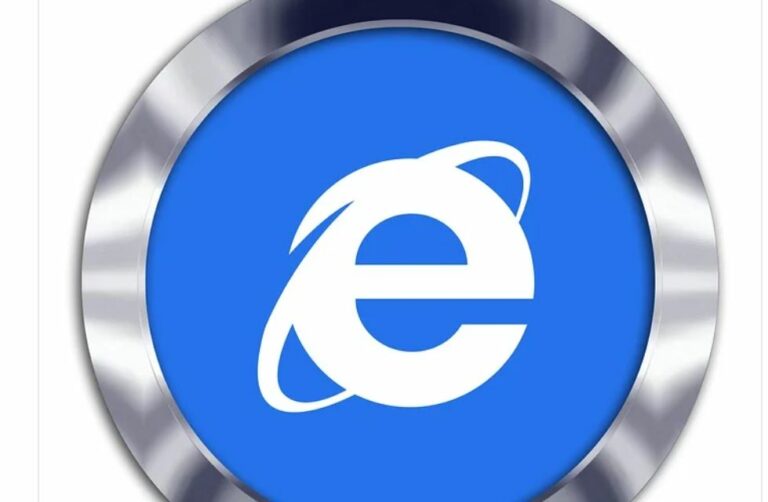Microsoft is shutting off one of the least-beloved titans of the early internet era today – at least for their most recent operating system. Windows 10 users that try to connect to the Internet Explorer desktop app will from now on be redirected to the company’s new Edge browser. Microsoft had announced the final date of Internet Explorer support in May of last year. Users on older versions of Windows can continue to use the browser and those using Windows 10 can still switch to Internet Explorer mode within Edge if they have to for certain applications (or for nostalgic reasons). The company has said it will provide backwards compatibility in Edge at least until 2029.
The Internet Explorer hit computer screens close to 27 years ago and, according to StatCounter, was a hit initially. As of 2009, in the era of the web 1.0, the browser still held a global market share of 65 percent for desktop computers. As a Microsoft product, Internet Explorer came pre-installed with the company’s operating systems that were even more ubiquitous then than they are today. Many users initially didn’t bother making the switch to rivals like Firefox, which popped up around 19 years ago in 2002, or Opera, which has been around as long as the Internet Explorer.
With the advent of the web 2.0, however, browser capabilities became more central to user experience and Microsoft developers have been broadly accused of snoozing on those, including through another accomplishment of the web 2.0 – the meme. Google’s Chrome browser, which debuted in 2008, overtook Internet Explorer’s desktop market share as soon as 2012 and as of January 2016, there were also more Firefox users than Internet Explorer users.
Microsoft’s new endeavor, at least, might give the company hope of hosting a successful browser again. Microsoft Edge, as of June 2022, reached a 10.4 percent market share, ahead of legacy browsers Firefox and Opera as well as Apple’s Safari.
You will find more infographics at Statista
Ask me anything
Explore related questions






